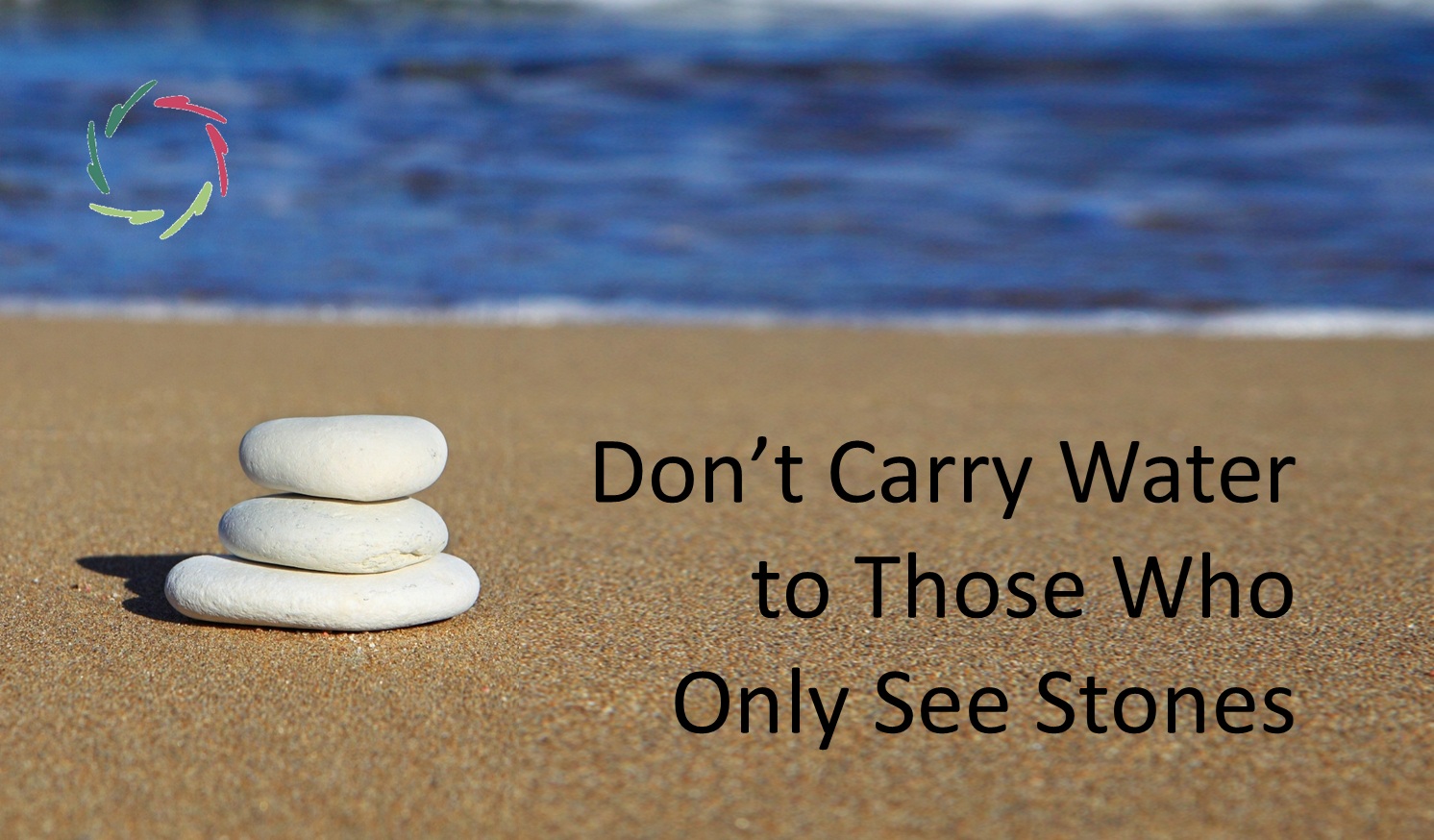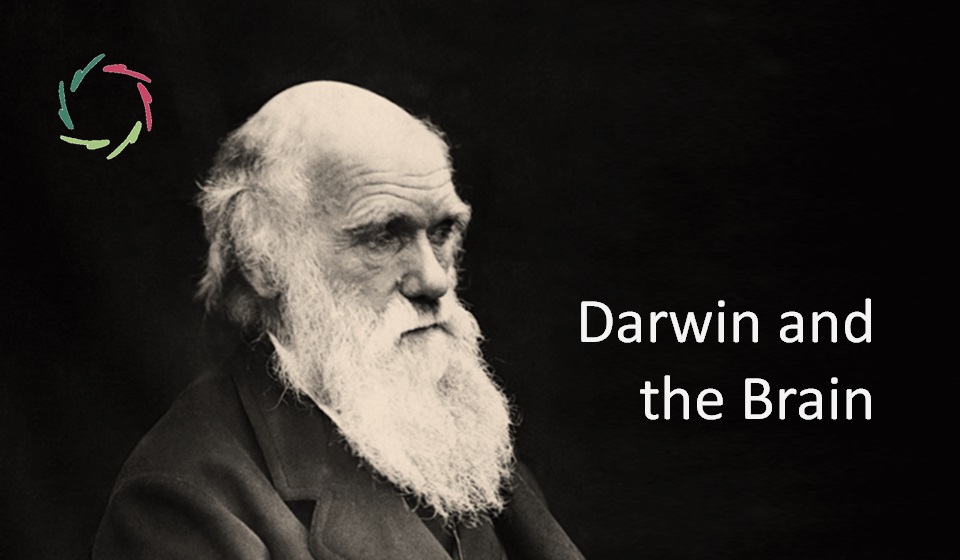Do People Fit in Boxes?

One likes to put people in boxes. Particularly in business circles, this is a sport ‘that could peel paint off the wall’. A theory. An authority. A quadrant. Arrows. PowerPoint … And off you go.
However, there are a lot of theories, many arrows, many slides, many types of boxes (DISC, LIFO, MBTI, core strengths of Ofman, …). HM. This smells already a bit like cardboard anyway. Or not? The question is: is this about well-chosen boxes or is it rather about the mere existence of the boxes? In other words, is one or the other classification important or is it rather about the existence of a classification (no matter what classification) and that it is being applied?
Or, to put it bluntly:
Is it about the box or about the packaging?
“As long as it works,” I already hear some say. And then we are on familiar ground. This cardboard smells like placebo.
You can use something (a pill, a format…) to yourself or to others and then, from the expectation that ‘this works’, achieve some effect. ‘Something’ is working but it is not this ‘something’.
AURELIS is all about the fact that this distinction is important,
namely that it is ‘you’, more even: it is ‘YOU’ that ‘works’. For example, suppose that thinking in boxes would happen wrongly and mistakenly… then a possible consequence might be that you are at the same time canning your own inner strength and/or the strength of others).
Or, to put it bluntly:
Beware that you do not put yourself/others in a closed box that is not easily opened afterwards.
That people can be grateful to you for this, is according to me not really a valid point. Think of Plato’s cave and the people who are grateful if they are allowed to look at the shadow play on the wall. In this case we can better speak about Plato’s box … There is a high degree of similarity.
In short: we have a serious question. How do we move on to an answer? I think a good start is located at the borders of the applied categories. Namely: each format is based on categories. For example: air, water, fire and earth.
Or, why not, another example: red, yellow, blue, black and white. Good. We can organize all personalities in these 5 ‘colors’. Arrows. PowerPoint … If we show a beginning understanding, we will soon add that there are, of course, also mixed forms. Yes, no one is really all red or all blue. All possible combinations are coloring the world. Everyone has, however, a ‘main color’ and in addition one or two ‘secondary colors’. – I am just making up a story. – Important is one’s ‘main color’ and also the colors that are not good at all for this person. They represent namely personality characteristics that are rather unconsciously present in this one specific person. Let us say that it is important to additionally fortify the colors that already are quite strong according to the principle: “do what you are good at”. OKAY. Let us say that it is important to show your ‘shadow colors’ in their best light, according to the principle: “striving for a balanced personality”. OKAY. This is not all that bad. It gives to a person all sorts of things to do.
And so we are much closer to my intention than it might seem at first sight.
That is: with such a thing as ‘the color of personality’ you can actually do something on a symbolic level.
Is this, however, an indication that this format is important in itself? No, not at all. In fact you can mix things up by chance, start again and hooray you have a totally new ‘set of boxes that works’
Does this also apply to other categories? That depends, as stated, on their limits. If these limits are clear and there is little overlap, the categories are realistically interesting. However, if there are very unclear limits and much overlap, you pull the wool over people’s eyes if you use the boxes for more than their purely symbolic value. People can also swap boxes, depending on the situation. They can belong in several (all) boxes at the same time. They can contain a lot of possibilities that come out, provided good support, or even rather by not actively denying them (to which box-thinking easily leads).
Because putting people in boxes, means that they are less visible, not more.
It just seems to be more if you assume that people look like boxes.
It becomes therefore more difficult to communicate with them.
It becomes more difficult to support them to ‘grow’.
Etc.
In principle, anyway.
Now let us put the effects of the box-thinking in two boxes.
Possible ‘positive’ effects are:
(regardless of whether the layout makes sense or not)
- It may give a feeling of greater confidence to the person who applies the format.
- It may give the one who feels classified the feeling that he knows himself better, which gives him a greater sense of self-confidence.
- It provides a framework in which people know a little bit better what to expect from each other.
- It may incite to action where else could exist a crippling insecurity.
- It gives an impression of control and from there an expectation to better performance. This may have a placebo effect which actually improves the performance.
- It brings ‘something’ that can act as a first portal for the real work of coaching.
Notice again that these ‘benefits’ occur regardless of the rationality of the classification itself. Each ABCD format gives the same results as soon as it can be brought somewhere as being ‘rational’.
And then some possible critical ‘negative’ effects:
A classification always means a great simplification of reality. Applied to people, this means a reduction of the truth level.
- the one who applies the classification, puts blinders on because of it. What has no place in the classification is less easily seen. This is: reality is not only being simplified but also distorted.
- The classified person may lock himself into ‘his’ box and start to judge/condemn, himself in all sorts of aspects in this context.
- The boxes can drastically stand in the way of a deeper view of human complexity.
- Empathy (as ‘attention for non-conceptual reality’) is made almost impossible.
- People have to deal with hard prejudices about themselves.
- Boxes may be self-fulfilling. This creates a false picture of ‘man’ as being much less flexible than he really is.
- The placebo effect of the classification may turn into the opposite: if this turns out to be wrong, questions like: “Am I able to do this?”, “Is the other trying to fool me?”, “Are we doing well, already for so long?” do arise. Confidence may turn into distrusting oneself, others, everyone.
Seen from the point of view of AURELIS I find it most annoying that by placing people in boxes chances are very high that one is going to use this to ‘keep the flower closed.’
The classified person is experiencing a reduction of tension at his own expense.
The latter may occur as an increase of tension within. This may remain unconscious for a long time until it becomes consciously clear as, for example, a great ‘anger’, feelings of depression, psychosomatics, … It can also occur as a flattening.
But we live in a human world. Well, if boxes are the only known shelter against a world in which one would struggle very much otherwise … then that person should at least be able to choose…
and one can only hope that at long term this choice will be better founded than just the air in a box.


